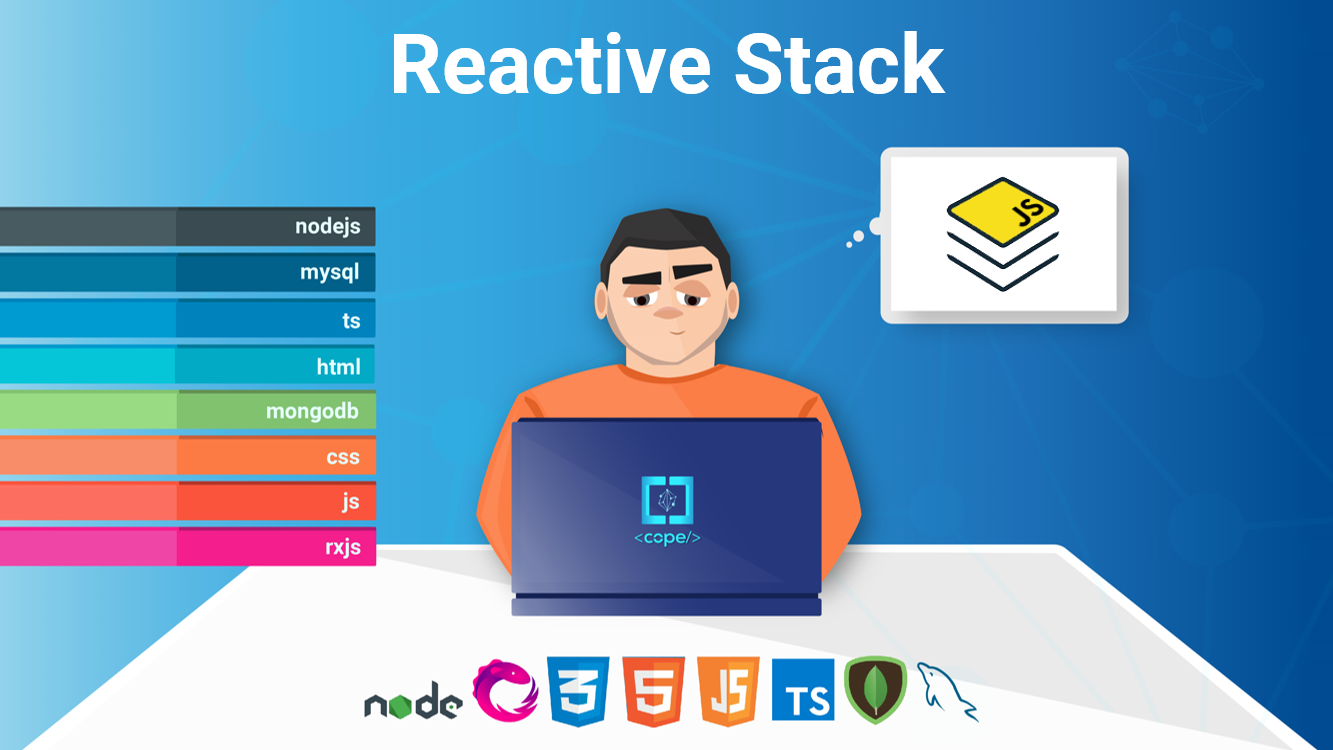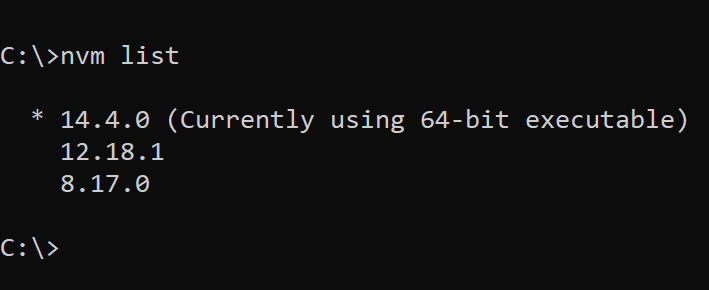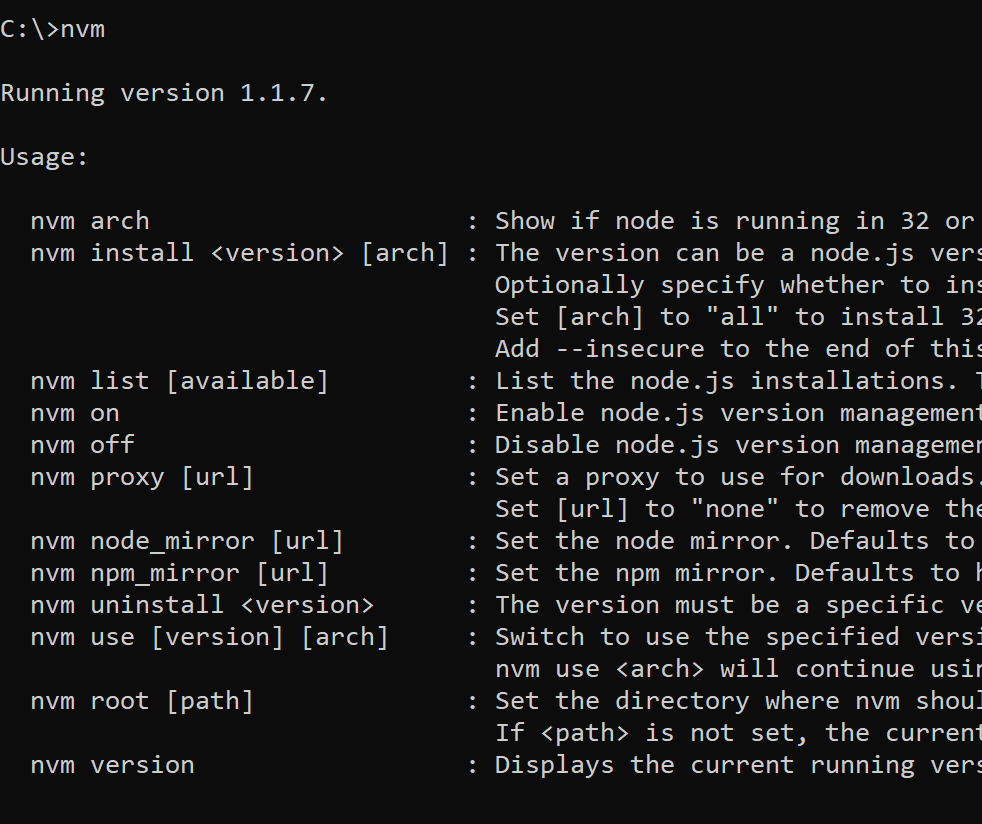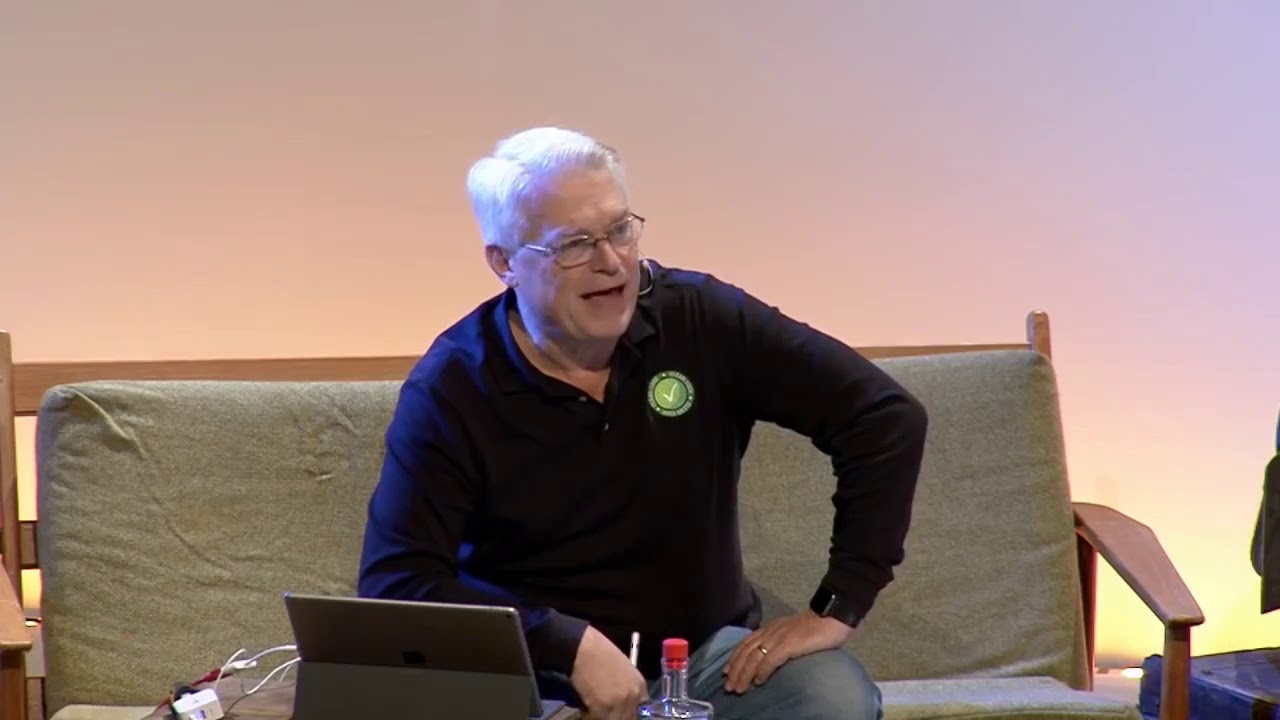On October 31st 2020, Politico.eu published a shameful opinion piece, titled “France’s dangerous religion of secularism”. This was the original link: https://www.politico.eu/article/france-attacks-religion-secularism-radicalism-blasphemy-islam/ which now only shows:

You can, however, still read that piece at WebArchive: https://web.archive.org/web/20201031165807/https://www.politico.eu/article/france-attacks-religion-secularism-radicalism-blasphemy-islam/
I have also captured it, just in case:

After reading this disgusting piece, I decided to write my own response to it, which I did, and then I sent it to Politico on Nov 1st 2020. At this point, I would like to emphasize that correlation does not imply causation, so my piece below may not have had anything to do with the removal of the first article. But I would still like to think that it did, even if a little.
Victim shaming must stop
Reading Farhad Khosrokhavars oppinion piece France’s dangerous religion of secularism left me with a rare sense of disgust for the future of humanity. There is so much wrong and anti-humanist in that text, than one cannot feel anything but utter anger at the obvious false pretense of care and emotion for just one group, all the while continuously shaming and blaming the victim without a shred of shame or decency.
The ridiculous nonsence starts in the very title, with the oximoronic expression “religion of secularism”, as if such a combination of words has any meaning. Yet, it is equally nonsensical as something like “islamic feminism”, or “christian science” would be. Words have meanings, and certain words simply cannot be meaningfully attached to each other.
Secularism is the absolute freedom of and, most importantly, from religion. It represents an absolute separation of church and state, and as such does not include any protection from so called “blasphemy”. On the contrary, it is a recognition of the fact that anyone can invent a religion, and thus cannot demand protection from imaginary insult of that religion. In the root of it, secularism recognizes religion for what it is: a delusion that should not be protected by law from any criticism or humor.
Secularism does not, as Mr. Khosrokhavar falsly claims, “call for respect for religions in the public space”. Secularism calls for respect of people’s right to practice their religion, so long as they do not infringe on the rights of others while doing so. The difference is staggeringly obvious.
Mr. Khosrokhavar attempts to both praise and destroy the freedom to blaspheme, by allowing for only one form of blasphemy while completely censoring another. Yet his apparent reasoning behind this attempt has nothing to do with the nature of the blasphemy, or is anything remotely resembling an objective analysis. No, His sole criteria relies on the amount of violence that results or may result from it. He actually claims, openly, that violence justifies censorship. If there was anything more antithetical to the very idea of freedom, let alone freedom of speech, I honestly cannot think of it.
“If liberty means anything at all, it means the right to tell people what they do not want to hear.” – George Orwell
I could, in a completely secular state, invent a religion of Flat-Earthism. But I cannot, and should not, demand that all globes be destroyed because, of course, they very much insult my “religious feelings”. Or to put it in Farhad Khosrokhavars words, “globes are a blasphemy that stigmatize and humiliate even the most moderate flat-earthers”.
Now, imagine if radical flat-erathers started decapitating geography teachers for insulting their religion in a geography class? I wonder how many demagogues like Farhad Khosrokhavar would condemn such acts of mindless violence, and how many would cry over “flat-earthers religious feelings”?
Would geography be labeled as, again using his words, “an extreme form of educationalism, which fuels radicalism among a marginalized minority of flat-earthers”?
Would geography be labeled as “radical educationalism”, simply for teaching observed scientific facts about reality?
Is there even such a thing as “radical educationalism”?
No.
Of course there isn’t.
Just as much as there is no such thing as “radical secularism”. Secularism, by definition, is anti-radical. Inventing meaningless oximoronical absurdities like “radical secularism” can only come from two types of people: those who have no idea what the words they use mean or those who intentionally try to deceive and incite violence among the gullible, who in turn really do not know what those words mean.
I shall refrain from any judgment on which category Mr. Farhad Khosrokhavar belongs to.
I will, however, say shame on you, in either case.








